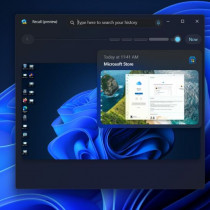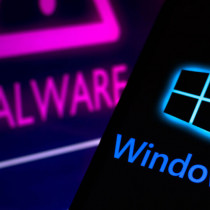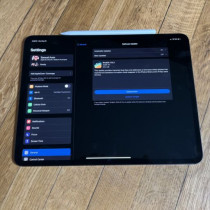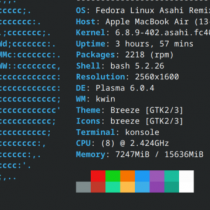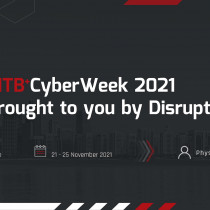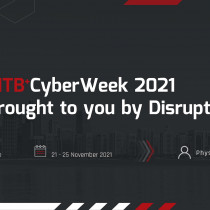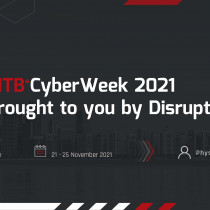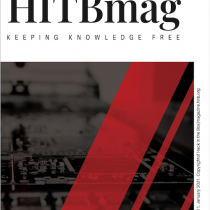Being a dominant data center platform takes time - even for Linux
Linux's future as a dominant data center platform hinges on several factors, none of which is any less important than its ever-improving scalability, reliability and cost structure. However, two very real-world issues in 2003 could affect the operating system's viability as the principal technology driving enterprises by 2008: the economy and the SCO Group's legal action against Linux.
Decision makers fear risky investments, and right now, in some circles, Linux may be looked upon as a risky proposition. Experts say that Linux's scalability improves with each incarnation of the kernel, but it doesn't match up to mainframe, or even Unix scalability yet. Also, intellectual property and patent infringement, two subjects once thought foreign to Linux and open-source software, are suddenly tangible concerns to C-level executives pondering a switch from a proprietary platform to Linux.
"It's not hard to get Linux into an organization, but it's [difficult] to be the preferred data center platform. That change happens slowly," said Al Gillen, research director of system software with International Data Corp., Framingham, Mass. "Commitment to an architecture is a multiple decades-long processes."
Linux's fan base is cult-like. They shout from the highest peaks the virtues of Linus Torvalds' brainchild operating system, and only recently was its credibility challenged. Earlier this year, the SCO Group filed a $3 billion lawsuit against IBM Corp., charging that Big Blue had copied code from Unix System V (which IBM licenses from SCO as the basis for IBM's AIX Unix operating system) into the Linux kernel. SCO followed that up with letters to leading enterprises threatening similar civil action against them if licenses were not acquired.







